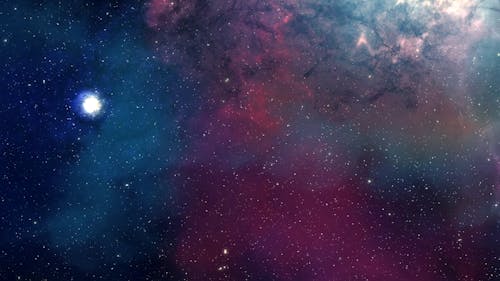Dwarf Planets: Pluto, Eris, and Others

Here's an overview of the dwarf planets in our Solar System:
1. Pluto
- Orbit: 248 Earth years to complete, in the Kuiper Belt
- Size: Diameter of approximately 2,374 km
- Atmosphere: Thin, mostly nitrogen gas
- Moons: 5 (Charon, Nix, Hydra, Kerberos, Styx)
- Unique Features: First discovered dwarf planet, highly eccentric orbit
2. Eris
- Orbit: 557 Earth years to complete, in the scattered disc
- Size: Diameter of approximately 2,326 km
- Atmosphere: None
- Moons: 1 (Dysnomia)
- Unique Features: Most massive known dwarf planet, highly eccentric orbit
3. Ceres
- Orbit: 4.6 Earth years to complete, in the asteroid belt
- Size: Diameter of approximately 946 km
- Atmosphere: None
- Moons: None
- Unique Features: Largest object in the asteroid belt, possible water ice presence
4. Haumea
- Orbit: 285 Earth years to complete, in the Kuiper Belt
- Size: Diameter of approximately 1,960 km
- Atmosphere: None
- Moons: 2 (Hi'iaka, Namaka)
- Unique Features: Unusual shape, rapid rotation, possible water ice presence
5. Makemake
- Orbit: 310 Earth years to complete, in the Kuiper Belt
- Size: Diameter of approximately 1,430 km
- Atmosphere: None
- Moons: 1 (S/2015 (136472) 1)
- Unique Features: Highly inclined orbit, possible water ice presence
6. Sedna
- Orbit: 11,400 Earth years to complete, in the outer reaches
- Size: Diameter of approximately 1,000 km
- Atmosphere: None
- Moons: None
- Unique Features: Most distant known dwarf planet, highly eccentric orbit
Note: There are other objects classified as dwarf planet candidates, like Orcus, Quaoar, and Varuna, but their status is still uncertain.
These dwarf planets offer insights into the formation and evolution of our Solar System, and their unique features make them fascinating objects of study.
✍ Share Your Knowledge with Our Community!
get rewards for paying bills
upto ₹250 off when you pay your first bill on CRED
